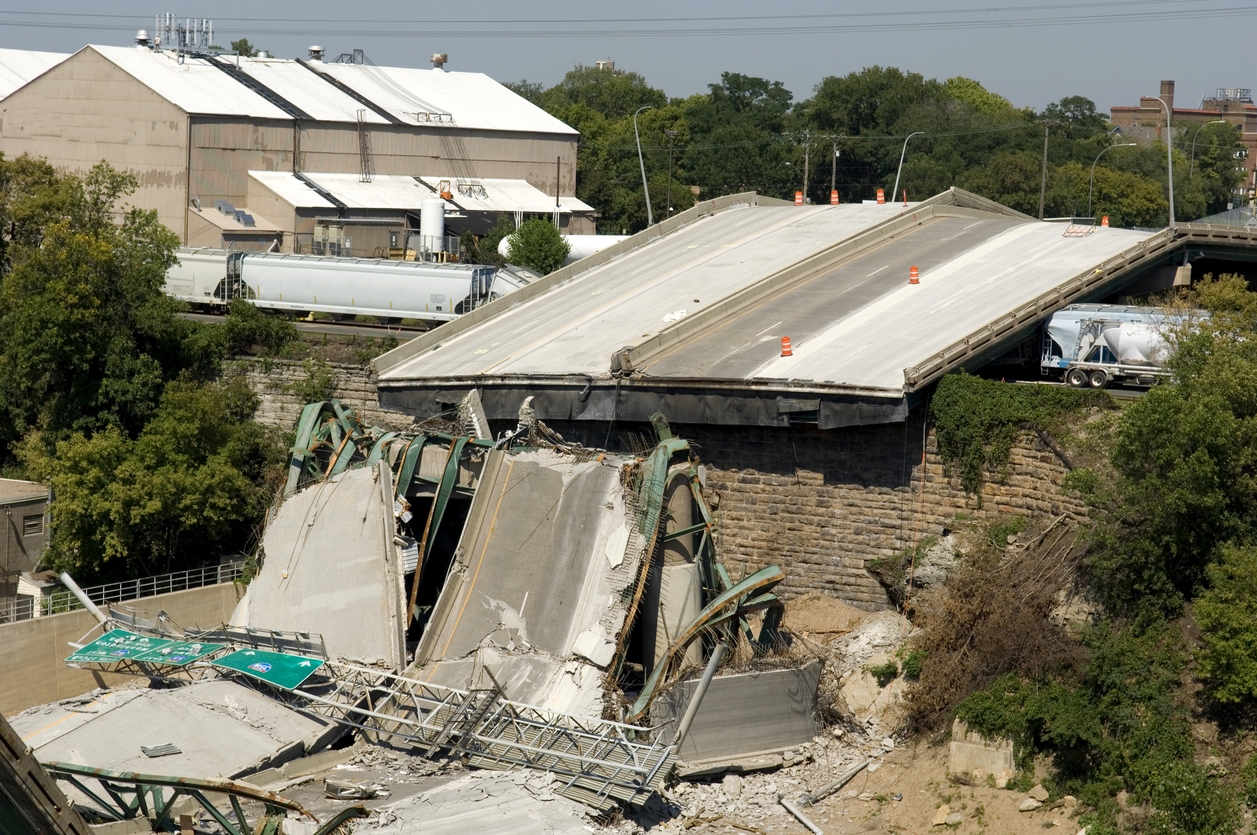Early in my career, I was trained in the field of service quality. One concept that has always stuck with me is “The 1-10-100 Rule.”
The 1-10-100 Rule is related to what’s called “the cost of quality.” Essentially, the Rule states that prevention is less costly than correction is less costly than failure. It makes more sense to invest $1 in prevention than to spend $10 on the correction. That, in turn, makes more sense than to incur the cost of a $100 failure.
The cost of prevention includes the costs incurred to avoid or minimize defects. In other words, these costs are what it takes to get things right on the front end. The cost of prevention should take priority because it is much less costly to prevent a defect than to correct one.
Examples of the cost of prevention include:
- Audit of the quality system
- Quality circles
- Quality data gathering, analysis, and reporting
- Quality engineering
- Quality improvement projects
- Quality training
- Statistical process control
- Supervision of prevention
- System development
- Technical support to suppliers
The cost of correction (also known as internal failure costs) is the cost of fixing or removing defects once a problem is identified, yet before a problem — such as a faulty product — ships to the customer. Poorly designed processes may result in products with high defect rates. Poorly trained employees may make an excessive number of errors. In each case, there is a high cost of having to fix or rework the defect.
Examples of the cost of correction include:
- Analysis of the cause of defects in the production
- Debugging software errors
- Disposal of defective products
- Downtime caused by quality problems
- The net cost of scrap
- The net cost of spoilage
- Re-entering data because of keying errors
- Reinspection of reworked products
- Retesting of reworked products
- Reworking labor and overhead
Finally, the cost of failure (also known as external failure cost) is the resulting downstream cost if a problem isn’t fixed before the customer experiences it. This cost is often more significant than we realize. If an inferior product gets to the customer, then, yes, the customer is likely to be dissatisfied. But worse, it may cause them never to buy that product again, never rebuy your brand, tell others about how poor your product is, and post negative comments about you on social media. If a poorly trained employee similarly upsets a customer because they lack the skills to handle a complaint effectively, the outcome may be the same.
Examples of the cost of failure include:
- Cost of field servicing and handling complaints
- Damage to your business and brand reputation
- High levels of customer dissatisfaction
- Liability arising from defective products
- Loss of repeat business
- Product recalls
- Reduced sales and profits
- Repairs and replacements beyond the warranty period
- Returns and allowances arising from quality problems
- Warranty repairs and replacement costs
It’s tempting to put off prevention because there’s a natural disincentive of having to invest time, money, and effort now to avoid something that may or may not go wrong in the future. Yet when it does, we’re reminded of that old medical axiom, “An ounce of prevention is worth a pound of cure.”
Here are four critical questions to ask yourself:
- How could things go wrong?
- How are things currently going wrong?
- What is the cost and likelihood of things going wrong?
- What is the investment required to prevent things from going wrong?
Then, decide. Just don’t forget the 1-10-100 Rule. You will prevent problems, catch early those that do occur and protect your profits as a result.
Make it happen.
Michael



